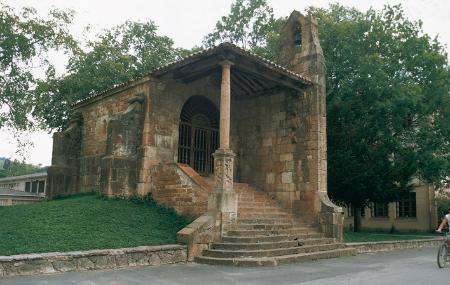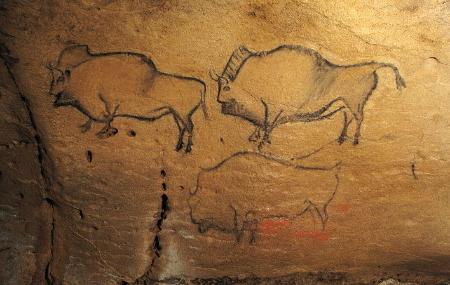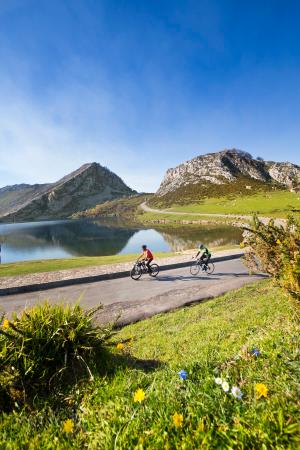Cangas de Onís-Colombres
- Address Cangues d'Onís/Cangas de Onís, Benia, Arenas, Alles, Panes, Colombres
- Distance Distance: 71 kms
- Difficulty Difficulty: Dura
- Total ascent Total ascent: 1335 m
- Maximum altitude Maximum altitude: 442 m
- Minimum altitude Minimum altitude: 17 m
- IBP index IBP index: 77
- Route Great route,Ruta de los valles
- Type of bicycle Type of bicycle: Road
- Type of route Type of route: Linear
- Return by Train Return by Train: No
We leave Cangues d'Onís/Cangas de Onís and take the footpath that leads to the Monastery of Covadonga. It should be noted that in high season this path can be very busy with pedestrians. We shall continue along the AS-114, which will take us through small livestock farming villages that show us the most ancestral farming customs. In the Alto de Las Estazadas is the Covaciella Cave, included in the UNESCO World Heritage List, which is not open to visitors, although in Carreña (Cabrales), we can visit the interpretation room in "La Casa Bárcena".
The varied orography and the mountain pastures will be the landscape that accompanies us along this route, ascending gently for the first 20 km, after which the descent begins that takes us to Arenas, in the Cares valley. Here we can take another break, as Arenas is a very welcoming village, with a wide range of restaurants and bars (Cabrales cheese), a mountain atmosphere, rich traditional architecture and a privileged natural environment.
We resume the route along the AS-345 until we reach the foothills of the Sierra del Cuera. In this short stretch we can visit the Church of Santa María de Llas, of late Romanesque origin, as well as remains of the most ancestral farming customs, such as the Batán de la Pista de la Sertal. We continue along the southern slopes of the Sierra del Cuera, descending in altitude, although with some short steep slopes, until we reach the junction with the AS-114 road, which we take towards Panes, 9 km away, following the course of the river Cares and the river Deva at all times.
At Villanueva, we take the AS-344 road and descend to Colombres, the end of the route. This beautiful Indian village between the Cantabrian Sea and the Cuera mountain range has great tourist attractions, such as the buildings built by the Indianos and the Archivo de Indianos.
Respect the direction of traffic on urban stretches.
Caution with traffic on sections of the AS-114 road in summer.




















